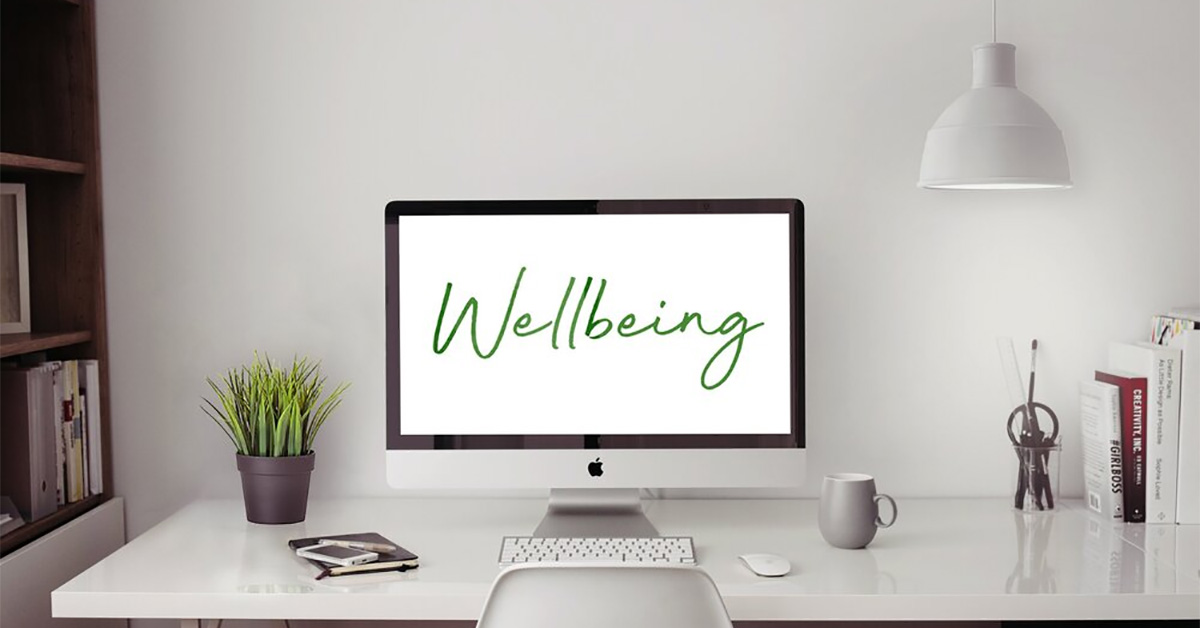As businesses navigate their way through the second year of the coronavirus pandemic, the uncertainty for business owners and their staff continues.
The challenge is greatest in industries most affected by lockdowns including tourism, hospitality, retail, events and education. However, all staff in nearly all businesses – from the CEO to receptionist – have faced significant change and the challenges that come with it.
From those worried about losing their business or job, or catching COVID-19, to those suffering from isolation or loneliness due to working from home and being disconnected from their teams, the pandemic has touched everyone and caused significant mental health challenges for many.
Part of this challenge is the rapid rate of change that has been required. The pandemic has seen businesses implement changes that would usually take months or years, in only a few days or weeks.
While change in business is unavoidable, there are some strategies that business leaders can use to help workers better navigate and embrace that change.
Even better, these strategies often cross over with those used to drive a positive workplace culture and a mentally healthy workplace.
Change Management and Mental Health Initiatives:
Provide an open, transparent communication forum: Strong communication is critical during uncertain times. It encourages employees to share concerns and provides management an opportunity to gauge sentiment and quickly address any issues.
Encourage Feedback: By encouraging staff to provide feedback on change, they will feel better supported, are more likely to buy into the change, and may improve processes. Encourage feedback in both one-on-one meetings and the open communication forum.
Recognise and celebrate every win: Recognition has long been found to be a better motivator of staff than money. So, create a culture that celebrates success and embraces the power of praise and recognition among teams. Consider also how this recognition might be shown publicly to those working in remote team environments.
Implement flexible working arrangements: While many have struggled working from home, others have loved the flexibility and hours saved by not commuting. Embrace both models as Australian tech company Atlassian has done with their “Team Anywhere” policy.
Consider Workplace Design: Foster a positive workplace culture with an environment that enables staff to come together – collaborate, exchange ideas, share knowledge and belong to a team. Employees should feel that their workplace environment strengthens team bonds, both physically and using online tools.
Adopt worker wellbeing initiatives: Helping your staff stay healthy and active helps reduce stress. Some examples include ride-to-work days, walking meetings, lunchtime surf breaks, Zoom yoga classes, ergonomic work stations, healthy snacks or simply encouraging workers to take 10 minutes outside in the fresh air and sunshine.
Offer learning and development opportunities: By investing in upskilling your staff you are sending a strong message that they are valuable to the business, while also empowering them to adapt to change. The result is staff who are more productive, more motivated and more likely to stay in the business longer.
Offer external support: Offer your staff access to external, independent information and resources that help them navigate uncertainty and change.
Lead by example: Workplace wellness begins at the top and employees are unlikely to adopt change or prioritise their wellbeing and mental health if their leader is not doing the same.
If you need someone talk to, call:
- Lifeline on 13 11 14
- MensLine Australia on 1300 789 978
- Beyond Blue on 1300 22 46 36
- Headspace on 1800 650 890






